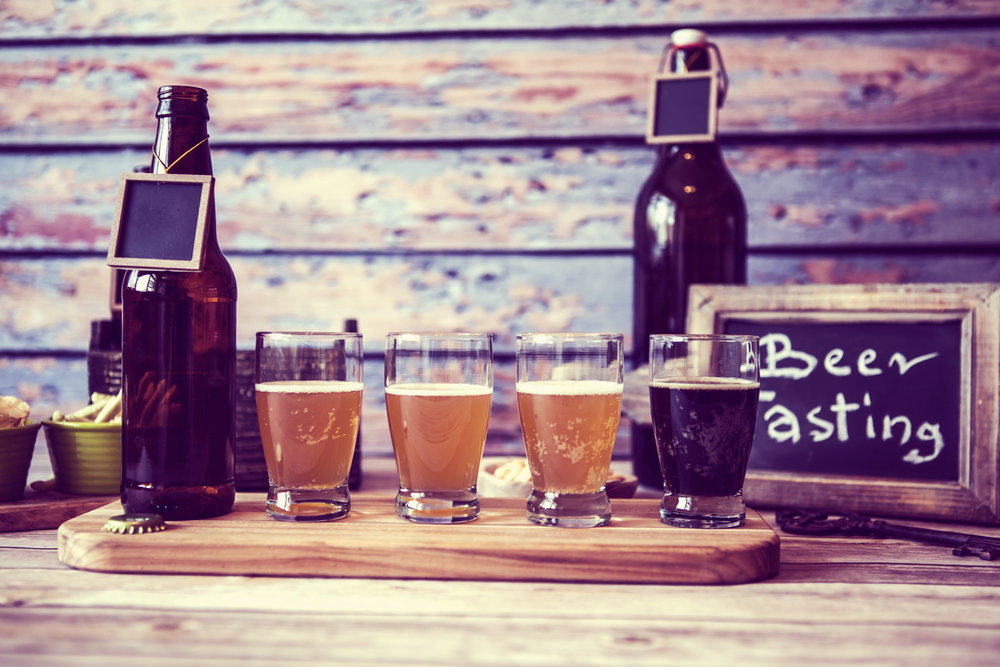
The main ingredients that make up beer were never properly introduced to New Zealand until some time in the late-18th Century. Indeed, the very first beer brewed on Kiwi shores was by Captain Cook himself, and written about in the fourth chapter of tome, ‘A Voyage towards the South Pole‘.
So it’s fair to say that, as a nation, we’re a bit late to the beer trade. That slow start is about to speed up however, with new research predicting that our craft beer exports could increase by up to 300% in the next decade.
But that’s not much of a surprise, according to Carl Vasta, founder of Tuatara Breweries.
“We [Tuatara] have been growing [annual revenue], upward of 40 to 50% per year for the last eight years,” Vasta says. “We’re pretty good at what we do.”
“It’s about sticking to the principles of quality over quantity,” he says.
In an NBR article written this week, New Zealand’s craft beer market is only now starting to blossom. Craft beer currently makes up two to three percent of total beer sales in New Zealand, but projections for the industry indicate growth in the region of 30% expansion for this year alone.
And it’s not just about the finished product, either. Hops produced in Nelson (the self-crowned craft brew capital of New Zealand), are also garnering overseas attention.
Industry insiders say that while New Zealand exports over 90% of its hop production, generating $17m per annum, we actually supply less than a single percent of the international hop trade.
Still, Kiwi hops has found its way into more than 50 countries worldwide due to its high quality and disease-free status, thanks to New Zealand’s remote location and only recent interference by settlers. One notable success, the Nelson Sauvin hop, is currently enjoying a wide following in the United States.
A report released last year by ANZ shows that Australia is the most popular destination for Kiwi craft beer exports, with breweries also expanding into the United States and China.
With 96 locally-made craft beer brands available, appreciation of our own handiwork is steadily picking up says Nick Anderson-Gee, manager of craft beer brewery and tasting lounge Brothers Beer.
“There’s now a bigger focus [on local craft] than US stuff, with a number of Kiwi crafts showing good quality,” says Anderson-Gee.
“Local breweries are now investing a lot more money into their trade, and there is a change [of mentality] into a more business focus than just a hobby.
“At the same time, while a handful are able to compete [internationally] and tasting exceptional, there’s still a lot more room for improvement,” he says.
For Matt Stevens, director of Wellington micro-brewery ParrotDog, it’s the camaraderie of the industry that’s helping it grow.
“We’re all really good mates,” he says, referring to other craft beer manufacturers.
“It’s not really competition, as it’s more about sharing resources to get people who don’t necessarily drink to try craft beer.”
Considering that just this January ParrotDog was struggling to keep up with orders to satisfy Auckland punters, it’s a good thing brewers are sharing resources.
What would we ever do if our local pub taps ran dry?
Drank your fill? Here’s some advice on what to do with your leftover beer.





